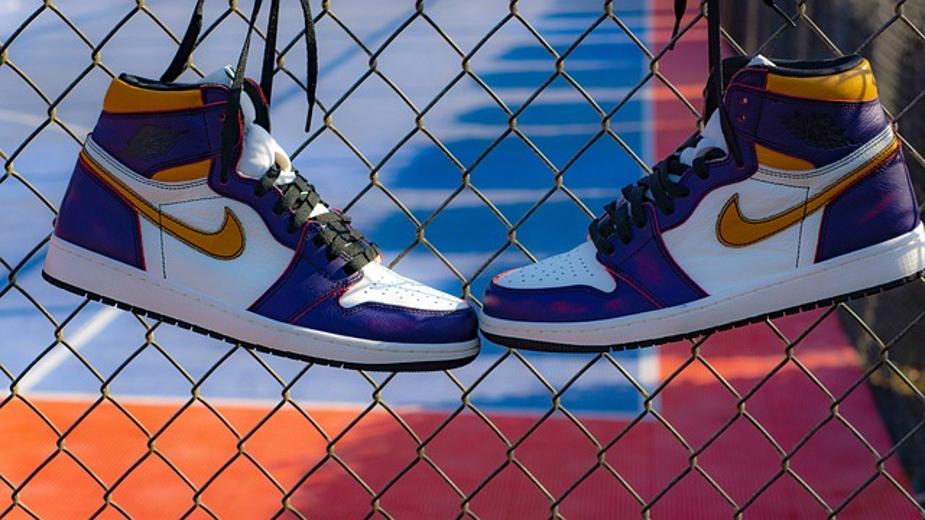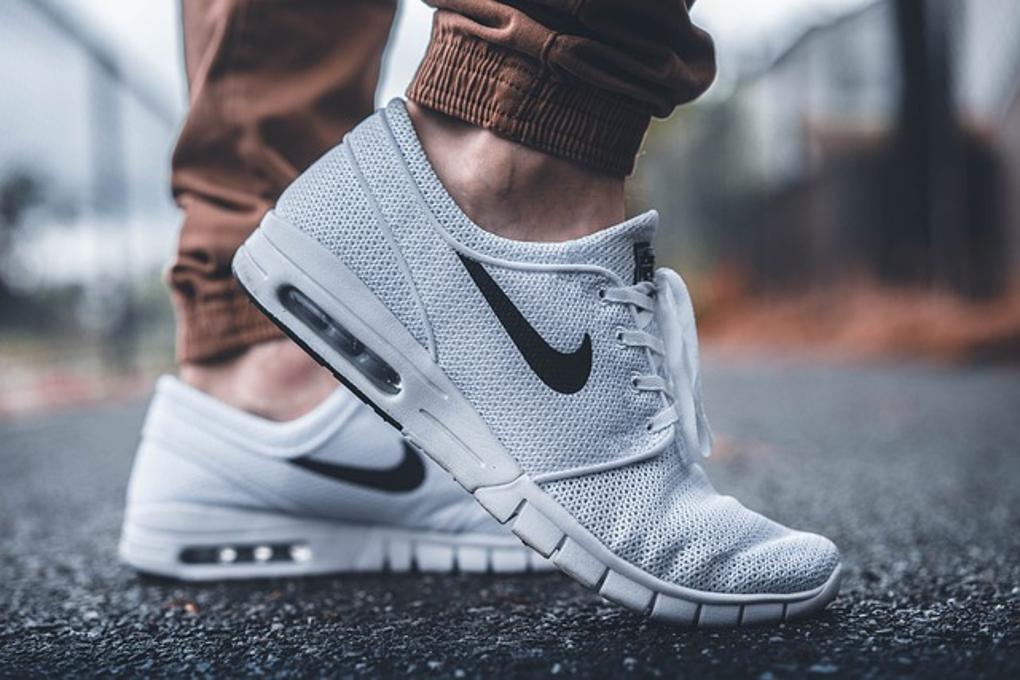Introduction
Nike continues to be one of the most renowned brands in the world. With this level of popularity, it’s no wonder that counterfeit versions flood the market. Spotting fake Nikes is vital not only to ensure you get value for your money but also to avoid supporting illegal activities. This guide will provide you with actionable steps to authenticate your Nike shoes effectively.

Check the Packaging
Authentic Nikes usually come in high-quality, branded boxes. To start your investigation:
- Box Quality: Real Nikes have sturdy boxes with clean lines and flawless printing. The logo, colors, and text should be sharp and correctly aligned.
- Labels and Stickers: Authentic boxes feature proper labels with detailed information. Compare the shoe size, SKU number, and barcodes. Counterfeits often have blurry or missing information.
- Tissue Paper: Genuine Nike shoes come wrapped in branded or plain tissue paper inside the box. Missing or poor-quality wrapping can indicate a fake.
Detailed examination can reveal more clues to the authenticity of your Nikes. If the packaging raises suspicions, be more vigilant as you proceed with other checks.
Examine the Materials
Now that you have inspected the box, it’s time to scrutinize the shoe materials. Authentic Nikes use high-quality materials, and the difference is usually noticeable.
- Fabric and Stitching: Genuine Nikes showcase precise and clean stitching. Any loose threads, uneven lines, or glue marks are red flags. The material should feel sturdy and high-grade.
- Inner Tags: Check the tags inside the shoe. Authentic Nikes have clear and correctly spelled information on these tags, which includes size, country of manufacture, and a manufacturing date. Fake shoes often have misspellings or unclear print.
- Smell Test: Authentic Nikes usually have a mild, non-persistent smell from their high-quality materials. In contrast, fake Nikes often emit strong chemical odors due to cheaper materials used.
Inspecting the materials can often reveal the first set of telltale signs. If the materials check out, move on to the next part: the sole.

Analyze the Sole
Next, focus on the sole of the shoes. This is an essential feature in Nike’s design, often mimicked incorrectly by counterfeiters.
- Pattern and Design: Compare the sole’s pattern and design with those from the official Nike website or a trusted retailer. Inaccuracies in pattern or design can indicate a counterfeit.
- Flexibility and Comfort: Authentic Nikes are designed to provide optimum comfort and flexibility. You can bend the sole gently and feel the feedback. Fake Nikes often feel rigid or unusually soft.
- Logo Placement: Examine the logo placement on the sole. Authentic Nikes have the logo ingrained precisely at specific places. Any deviation in positioning could signal a counterfeit.
After analyzing the sole, you’ve gathered substantial evidence. But don’t stop here. Continue with examining the logo and branding closely.

Inspect the Logo and Branding
One of the most distinctive features of Nike shoes is their logo and branding. Counterfeiters often make mistakes here.
- Swoosh Logo: The iconic Nike Swoosh should be flawless in its shape, color, and position. Look for any uneven edges or coloring issues.
- Text and Fonts: Pay attention to the fonts used on the shoe. Counterfeit Nikes often use fonts that slightly deviate from the original.
- Insoles: Check the insole for the Nike logo and design details. Authentic Nikes have high-quality insoles with printed logos that don’t wear off easily.
Inspecting the logo and branding can help you detect inconsistencies that are hard to spot at first glance. Once you’ve scrutinized this, consider where and how you bought your shoes.
Pricing and Purchase Location
Your purchase’s price and location can offer significant clues about authenticity.
- Unusually Low Prices: If the deal seems too good to be true, it probably is. Authentic Nikes rarely sell for significantly below their retail prices.
- Authorized Sellers: Ensure you purchase from Nike-authorized retailers or the official Nike website. Buying from reputable sellers minimizes the risk of ending up with a counterfeit.
Once you’ve considered the purchase location and pricing, it’s time to leverage technology.
Use Online Resources
Online resources can be invaluable for verifying the authenticity of your Nikes.
- Online Databases: Websites like CheckCheck or LEGITGRAILS offer authentication services. You can upload photos of your shoes, and experts will examine them for authenticity.
- Forums and Communities: Participate in sneakerhead forums or social media groups. Sharing pictures and getting opinions from experienced collectors can be highly insightful.
- Mobile Apps: Utilize mobile apps designed for sneaker authentication that can quickly assess the authenticity of your shoes.
Armed with this arsenal of information, you should now feel more confident identifying fake Nikes. Let’s wrap it up.
Conclusion
Distinguishing between authentic and fake Nikes requires attention to various details, from packaging and materials to logos and pricing. By diligently following these steps, you can avoid counterfeit products and enjoy the genuine quality and comfort that Nike shoes offer. Stay vigilant, use all available resources, and happy sneaker shopping!
Frequently Asked Questions
How can I quickly spot fake Nikes?
Look for signs like poor-quality packaging, incorrect logos, uneven stitching, and suspiciously low prices. Using multiple indicators will ensure a stronger verification.
Are there any reliable tools or services to authenticate Nikes?
Yes, tools like mobile apps and online databases such as CheckCheck and LEGITGRAILS provide reliable authentication services. Forums and communities can also offer helpful insights.
What should I do if I accidentally buy fake Nikes?
If you accidentally purchase fake Nikes, contact the seller for a refund. If bought from a reputable marketplace, report the counterfeit to help curb illegal sales and potentially receive compensation.
